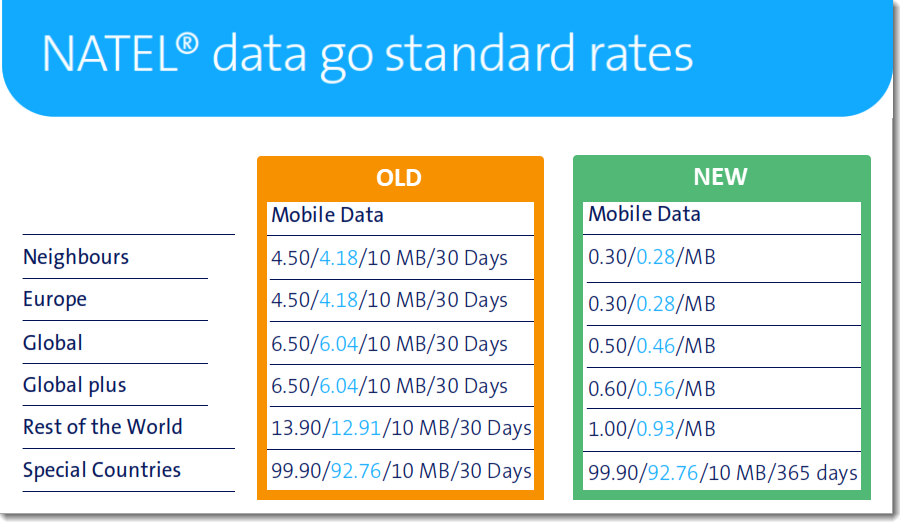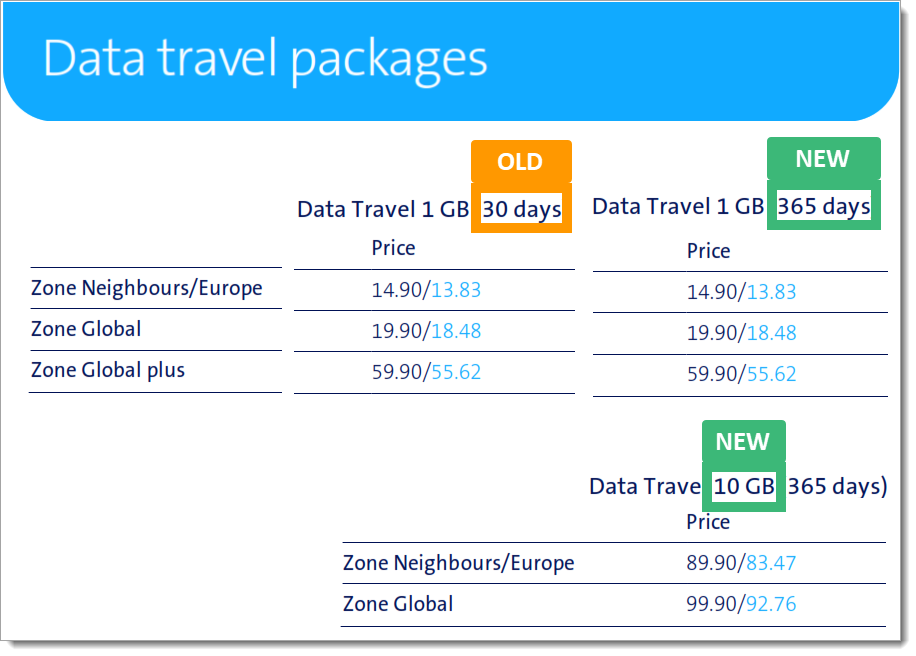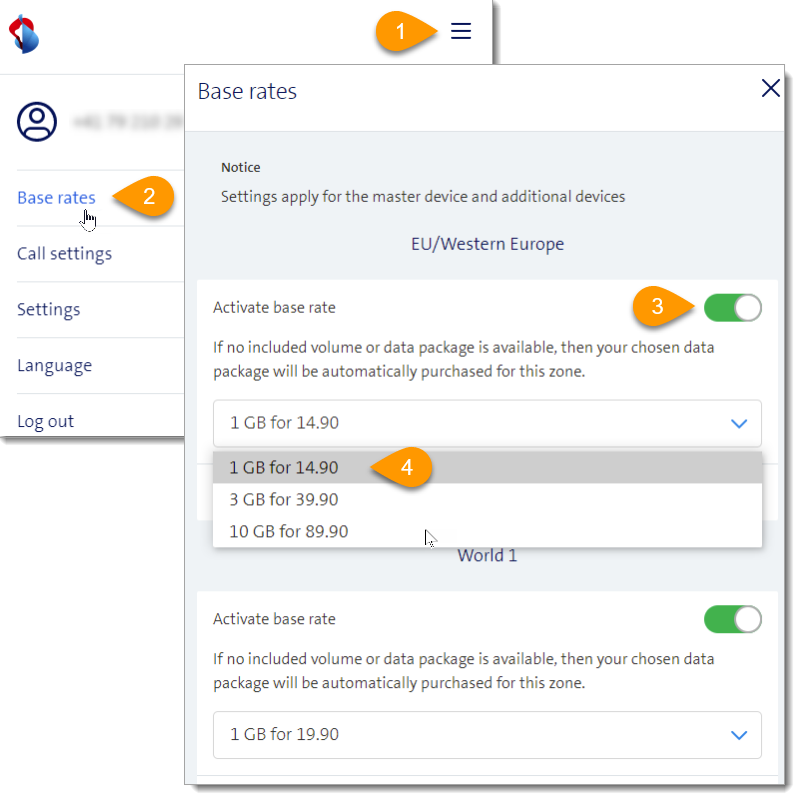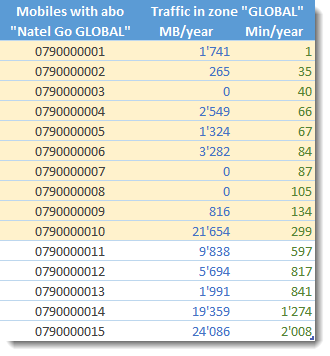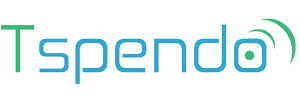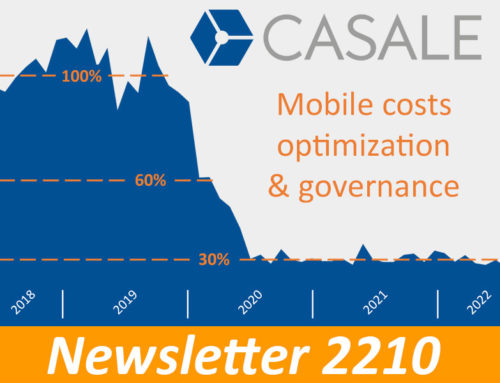On July 1st 2021, Swisscom updated the conditions for NATEL go subscriptions
In case you missed it, here are some interesting changes you can leverage to optimize your costs or services
Some changes open new opportunities for optimization
Optimization can mean: DO THE SAME WITH LESS MONEY
Increase your net profit by reducing your mobile spend
But it can also mean: DO MORE WITH THE SAME MONEY
Increase your productivity and competitiveness by providing more services to your users
Equip more users with mobile devices, make them more productive, simplify home-office
Free-up some money for other projects (security, cloud, etc.)
We estimate the potential to 20% or more
meaning a 20% cost-reduction
or 20% more mobiles (or other projects)
What does that mean for your company ?
How much are you spending for mobiles ?
How much is 20% of that ?
What could you do with that money ?
This article describes:
the CHANGES
the OPPORTUNITIES they open for optimisation
the ACTIONS needed to turn opportunities into BENEFITS
Note: this article focuses on some changes for data roaming,
it doesn’t provide an exhaustive list of all changes
Just give us a call if you prefer to have a conversation instead of diving into the details of this article, if you want to better understand how this can apply to your situation, or for any question
Kind regards
Toni Lazazzera
Original documents from Swisscom
Prices and services
Mobile communications
NATEL go
CHANGES for data roaming
Billing per MB
If your subscription doesn’t include data roaming, you are now billed per MB. In the past you were billed per block of 10MB and unused volume was lost after 30 days.
Data packages valid 365 days
In the past, when you purchased a data package, you had 30 days to use it, then unused volume would be lost. Now you have 1 year to use it.
New 10GB data packages
In the past, the largest package was 3GB, now there are also 10GB packages for Europe and Global , and these packages have a lower “cost-per-MB”
OPPORTUNITIES for optimization
Data packages instead of “billing per MB”
If you have a “Swiss” subscription and travel to Europe, you are billed 30ct/MB.
For the cost of 50MB you can buy 1GB, to be used within 1 year. It seems therefore more convenient to automatically buy a package when needing data.
Which package depends on your estimated needs for the year: 200MB, 1GB, 3GB, 10GB. The largest the package, the cheapest the cost per MB.
The same reasoning applies for other subscription, for example you have a “Europe” subscriptions and travel to Global.
Data packages instead of subscription upgrade
Upgrading a subscription from Europe to Global costs about 1’200 CHF/year. This gives you unlimited calls & 40GB/month of data. But if you don’t make much calls and use less then ~80GB/year, then it could be cheaper to keep the Europe subscription, buy data packages, and pay for voice calls (max 2.50/min).
And if you are using Teams (or another VOIP solution) for your telephony, then this option makes even more sense. As a rule-of-thumb, just consider that 1 minute of VOIP traffic consumes about 1MB. Therefore a tarif of 1ct/minute if you buy a 10GB package (~100 CHF)
ACTIONS to turn opportunities into BENEFITS
Force the purchase of data packages to avoid “billing per MB”
In the Swisscom Cockpit, you can change the settings to automatically purchase the data package of your choice when using data in a zone that is not included in the subscription. Example: I have a subscription “Swiss”, when I consume data in zone “Europe” then automatically purchase a 1GB package and automatically renew when my package is consumed.
For each mobile and for each zone, it means we should go in the cockpit and select the package which is most appropriate (200MB, 1GB, 3GB, 10GB). To avoid this tedious work, you can probably ask Swisscom to perform a bulk update (to be verified with your Swisscom account manager).
Identify and downgrade mobiles with relatively low traffic
This requires some data-crunching to identify the mobiles with a given subscription (eg: Natel Go GLOBAL), the traffic (MB + Minutes) in a given zone (eg: GLOBAL), and process 12 months to have the total traffic over a full year.
The files “Swisscom Invoice Reporting” contain all the data you need to perform such analysis.
The example hereafter was extracted from real customer data, it shows the yearly traffic generated in zone “GLOBAL” by mobiles with a subscription “Natel Go GLOBAL”. From this table, it appears that it could be worth to downgrade the mobiles 1 to 10 (save about 12’000.-/year). Then, even if we pay for data packages and for voice traffic (max 2.50/minute), the net saving should still be around 8’000.-/year.
How to do that ?
Our SERVICES if you need help
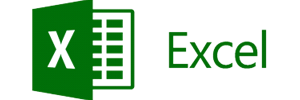
EXCEL
Do-it-yourself data crunching
You can leverage the power of Excel & Powerquery to read your Swisscom Invoice Reporting files and obtain visibility over your costs, traffic, trends, anomalies, etc.
With an extensive knowledge of the Swisscom files and Excel, we can help you build your Excel-dashboard , or integrate the information into your BI platform.
TSPENDO
Automated optimization
You can use our service TSPENDO to obtain a comprehensive report showing which mobiles should be upgraded/downgraded and what would be the savings.
TSPENDO reads your Swisscom Invoice Reporting files and performs all simulations to identify the ideal subscription for each mobile.
TELBI
Business intelligence portal
You can transform the management of your mobile fleet and obtain more control over your costs. TELBI doesn’t just help you optimize your mobiles, it helps you keep them optimized.
TELBI imports your Swisscom Invoice Reporting files and provides a portal with ready-to-use dashboards and an easy way to perform analysis, send reports to users, allocate costs, etc.


